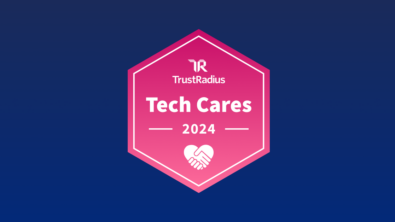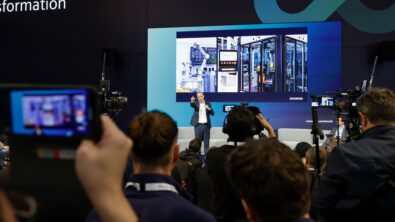2011 Consumer Products/Food& Beverage Industry Trends
Based on recent conversation with industry organizations like the Grocery Manufacturers Association (GMA), and some of the leading brands in this industry, following are some of the major trends in consumer packaged goods and food & beverage (CPG / F&B) that will continue to impact how CPG / F&B products are designed, manufactured, delivered, and improved:
• Sustainability – Product packaging continues to be the first place manufacturers look to reduce, but there is increased focus on energy efficiency, as well as less water usage, and water re-use. These topics were front and center at the recent GMA/FMI Sustainability Summit. Here are some good resources on sustainability from GMA.
• Food Safety – The Food Safety Modernization Act (FSMA) was enacted into law this year, ramping up the need for CPG / F&B manufacturers to collaborate more closely with their suppliers, and improve testing capabilities. This article, from the U.S. Commissioner on Food & Drugs, provides a good overview of FSMA.
• Health & wellness – Of course Mom was right about eating your fruits and vegetables, but sometimes we need to be reminded; The First Lady Michelle Obama has helped raise the importance of this with her childhood obesity campaign and organization, “Let’s move” . The previously mentioned FSMA also has raised awareness of the importance of healthy food, and moreover, a safe, reliable food supply chain. As a result, manufacturers will undoubtedly be giving even greater consideration to increasing the percentage of ‘healthy alternatives’ in their portfolios.
• Social media + mobility – Social networking enhances the ability of manufacturers and retailers to understand the changing needs of customers. Combine this with mobility and location based marketing (for brick & mortar retailers) like Foursquare, Gowalla, or Loopt (there are others), and you can engage the customer wherever they are, whether home on their iPad, in the airport on their iPhone or Blackberry, or nearby one of your retail locations. Check out “The Coming Wave of Social Apponomics”, from Booz & Company – one of the best articles related to this topic I have seen.
Additionally, I came across a very interesting, recent Boston Consulting Group article thanks to a colleague of mine. It provides an apt headline to reflect the new retail landscape that exists, post recession: “New Realities for Consumer Goods & Retail in 2011”. Here are some of the points that jumped out at me as most relevant to product lifecycle management (PLM):
• Rapid innovation continues to provide a competitive advantage. This is especially important for national brands to combat the insurgence of private label into their marketshare, as well as eroding brand loyalty. Consumers now rely on recommendations from their friends via social media, and are focused on buying locally sourced, healthy food & beverage – not necessarily a big name brand. Health, as BCG says, is increasingly a reason for consumers to trade up – perhaps, for example, to a locally sourced, organic food item. The opportunity for PLM: Product Lifecycle Management’s core value proposition is improving the efficiency and speed of the innovation process.
• The two speed world. Developed markets are saturated with enough retail stores, so retailers need to know their customer exceptionally well so they can deliver the right product at the moment of truth. And if they don’t, that consumer goes to another store. Conversely In emerging markets, retail growth is accelerating – but the challenge is winning the hearts and minds of consumers who may be new to your brand. The opportunity for PLM: There is a critical need to understand customer needs quickly, and connect that information with the front end of innovation, whether a mature or emerging market. Increasingly, product portfolio management (PPM) tools and PLM enable this capturing and managing of new ideas, customer preferences, or product improvements.
• Addressing the multi-channel challenge. Consumers are able to quickly compare prices via mobile phones, and can do most of their shopping online (many sites offering free delivery)… so what’s the motivation to go to a physical store? Retailers today are challenged with this. One way to stay ahead of the curve is analytics: about the performance of your stores, your suppliers, and most importantly your product. The opportunity for PLM: Product analytics has been a gap in PLM for years, but is increasingly being addressed. As retailers compete for customer mindshare, and try to respond nimbly to new product and pricing demands, they will continue to look to systems like BI (business intelligence) and PLM that can provide the reporting and analytics that enable ongoing decision support throughout the product lifecycle.
• Advocacy marketing. In short, we are more likely to buy products that our friends and families have tried and liked. And today, social media enables the ability to quickly recommend, or not recommend, a product, or a store, or a hotel, or a restaurant, which leads ultimately to a better experience for the end customer. The opportunity for PLM: PLM provides the ability for manufacturers to capture customer insight in their development process for future product improvement.
These are just a few of the points of discussion from this BCG article I found interesting. You can find the full BCG report and other great insights here. I look forward to seeing how these and other trends progress over the coming year and beyond in the consumer goods & retail markets.


